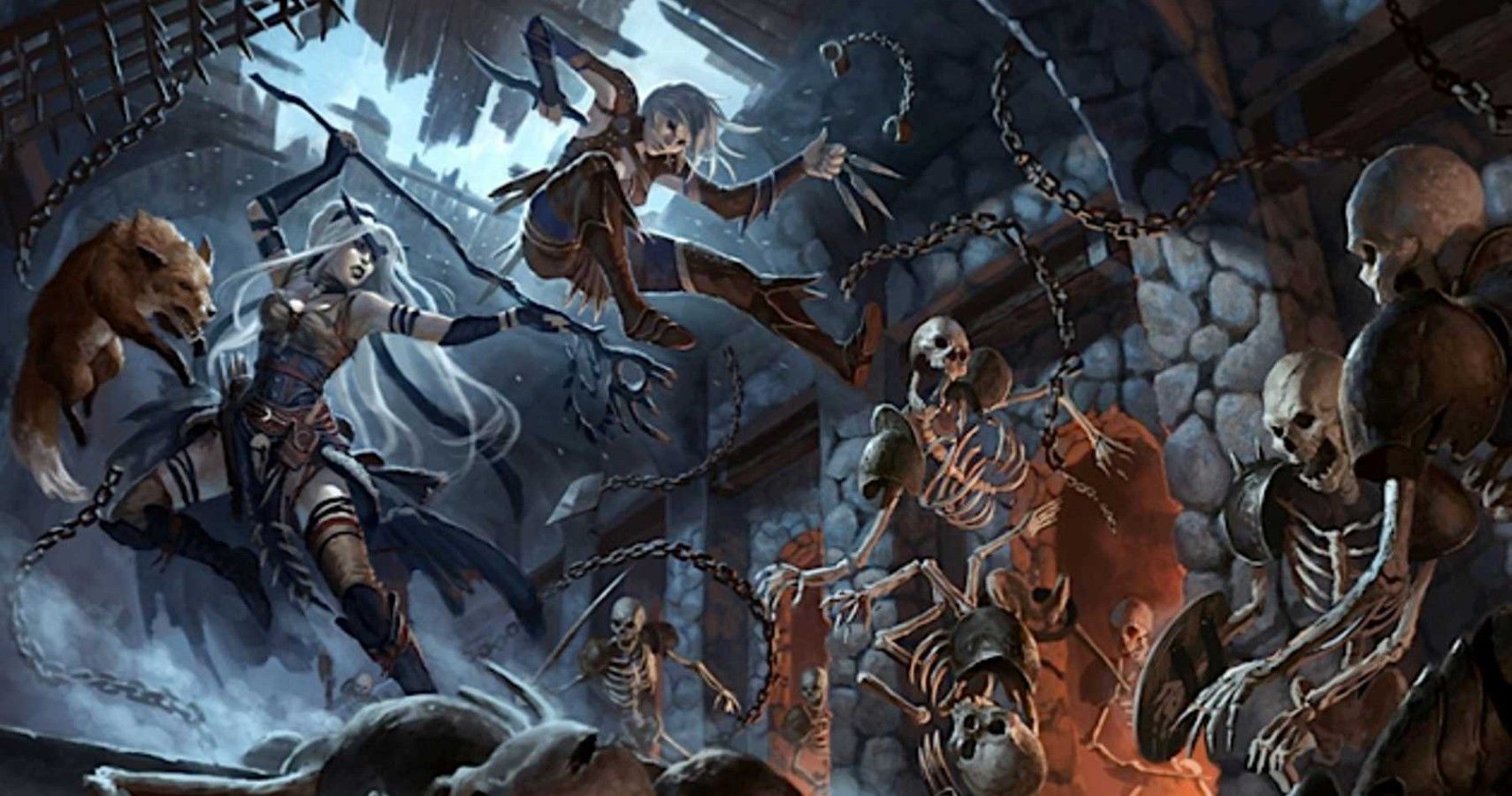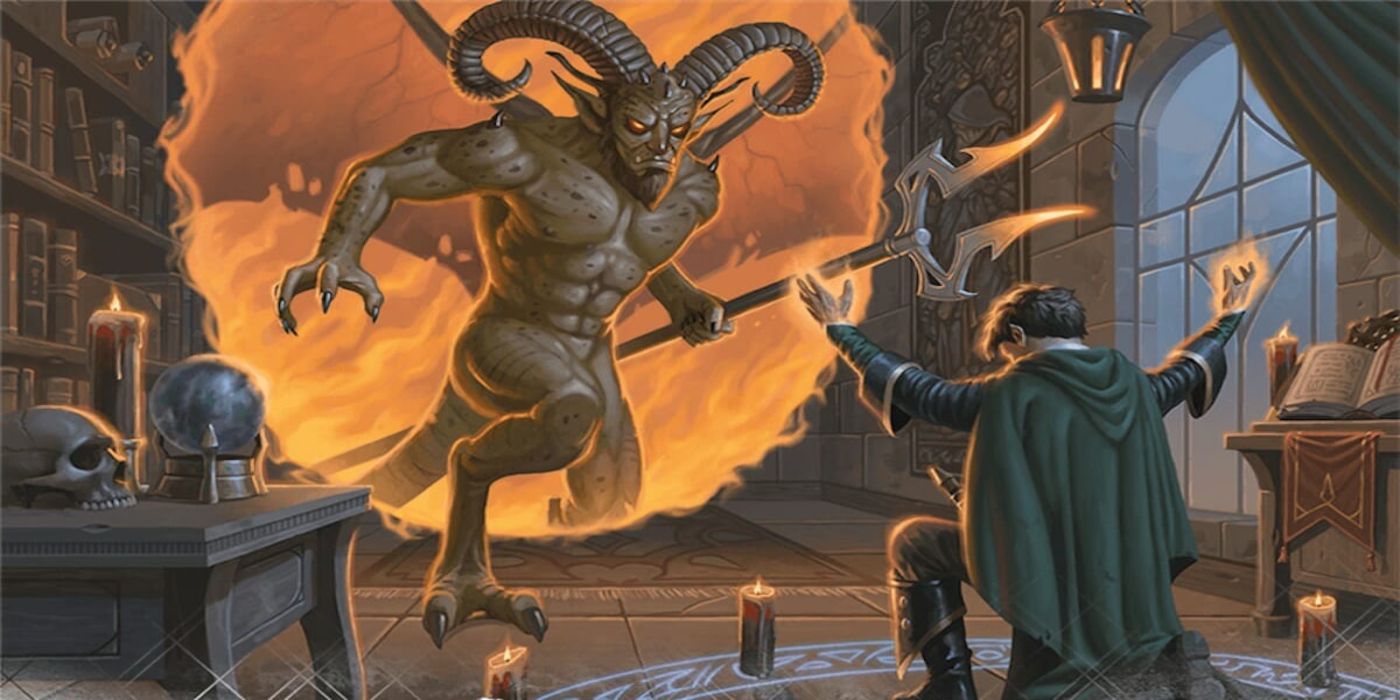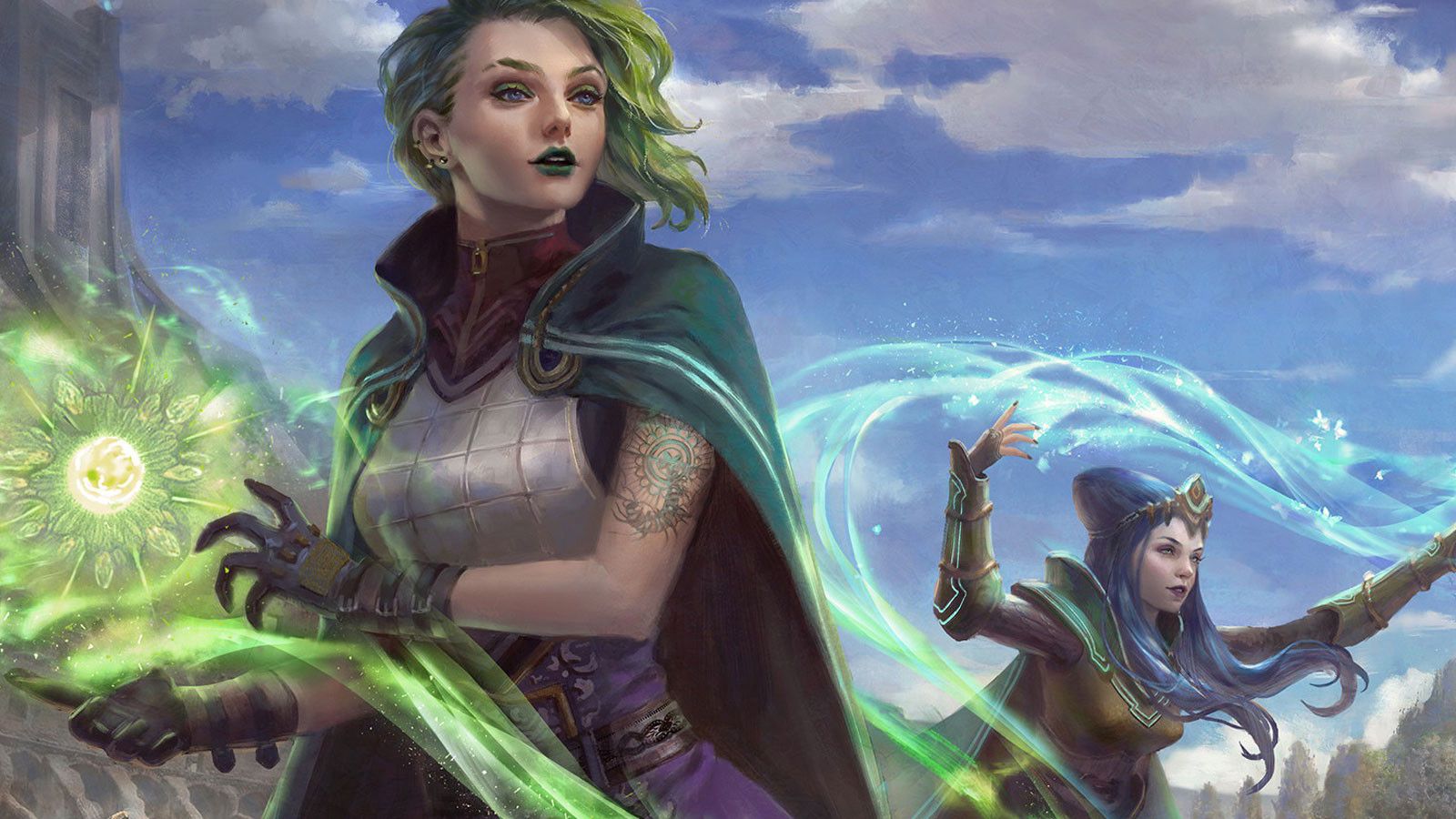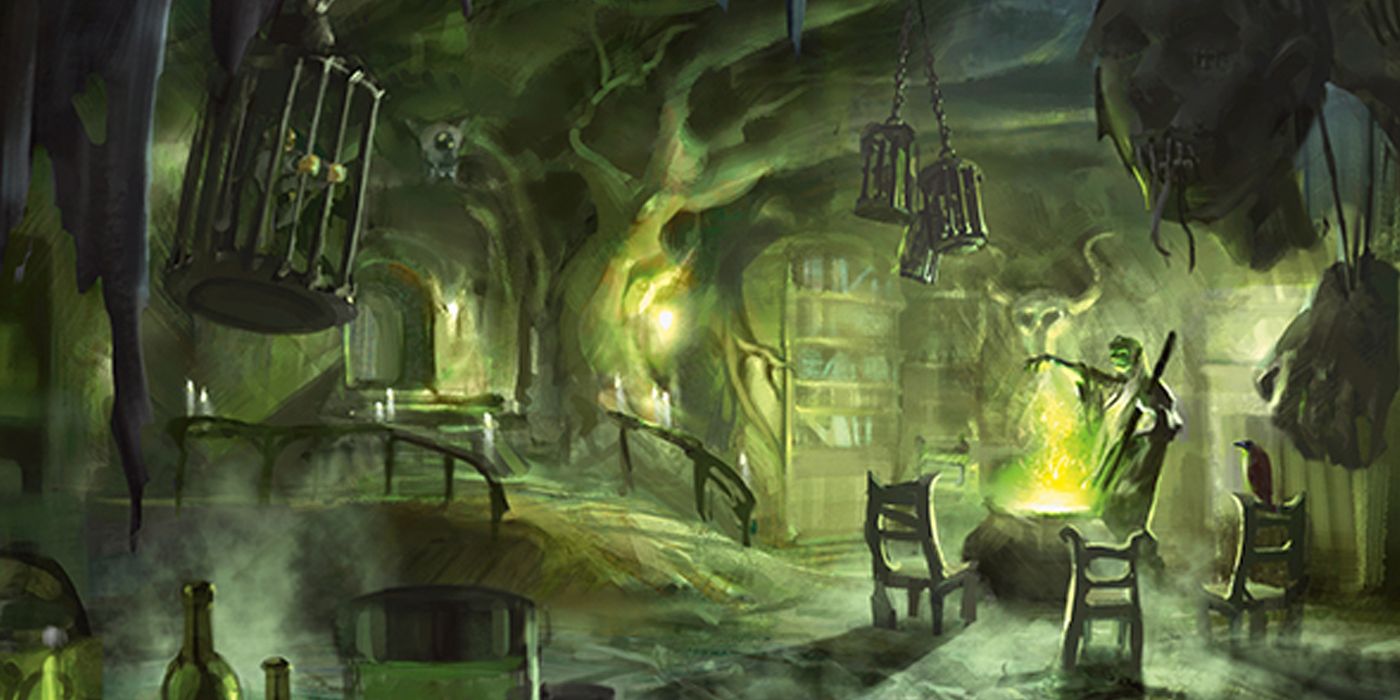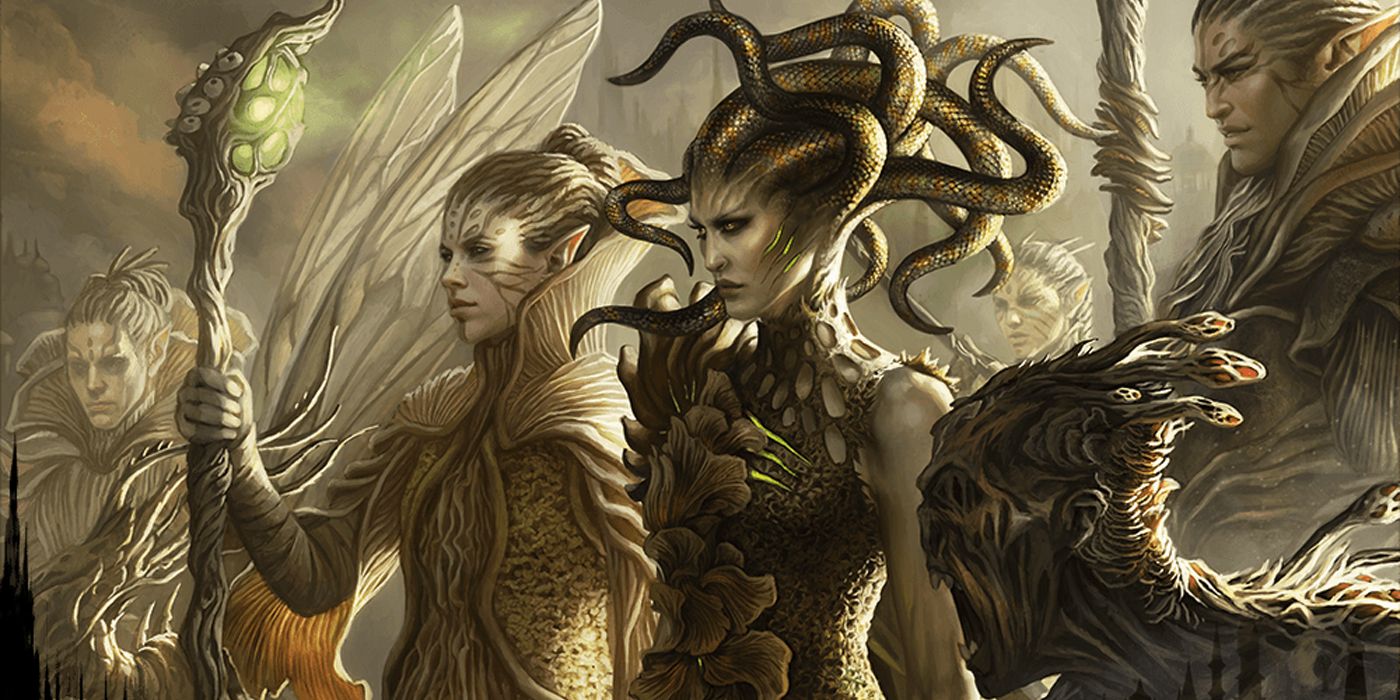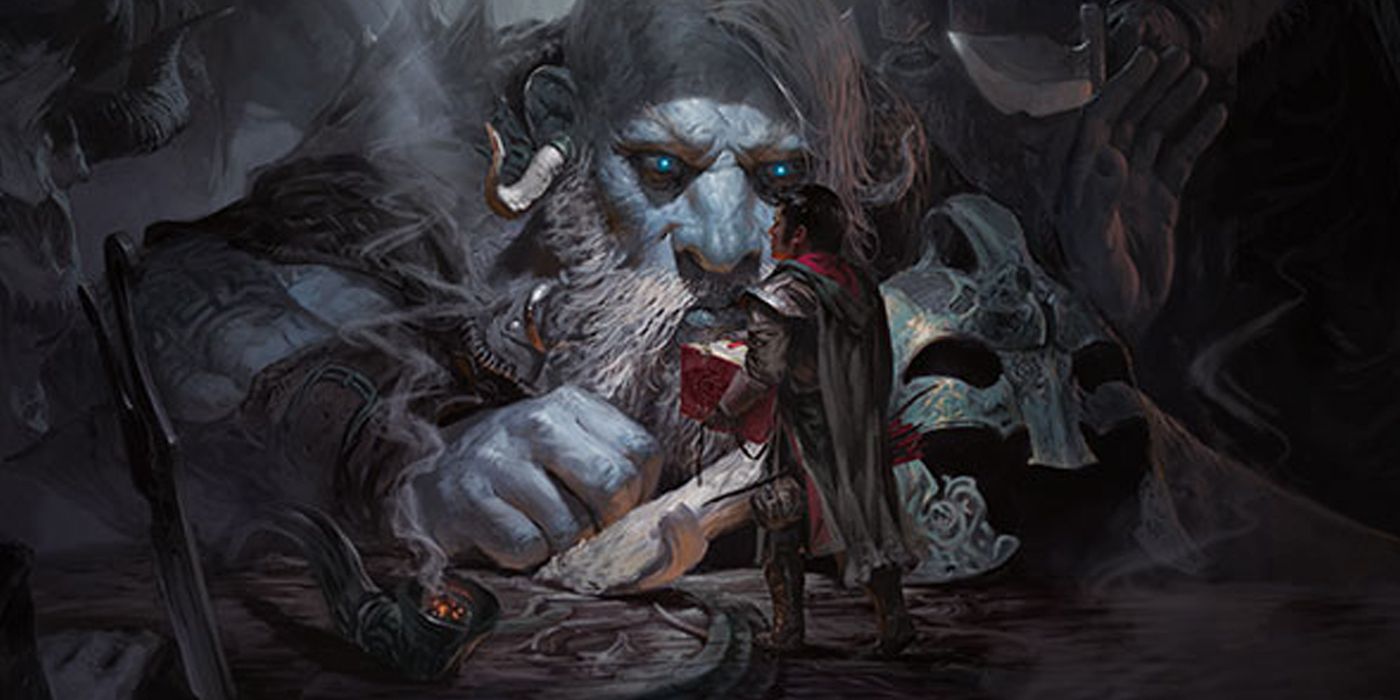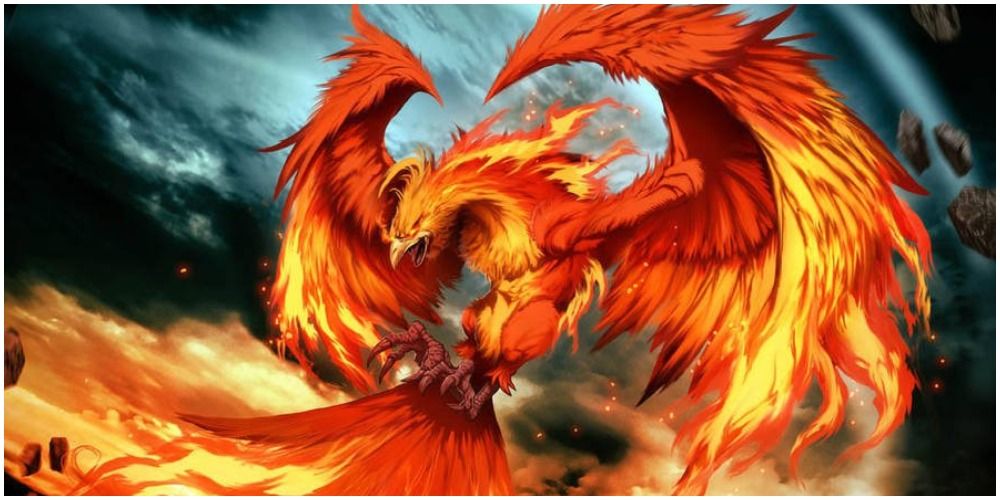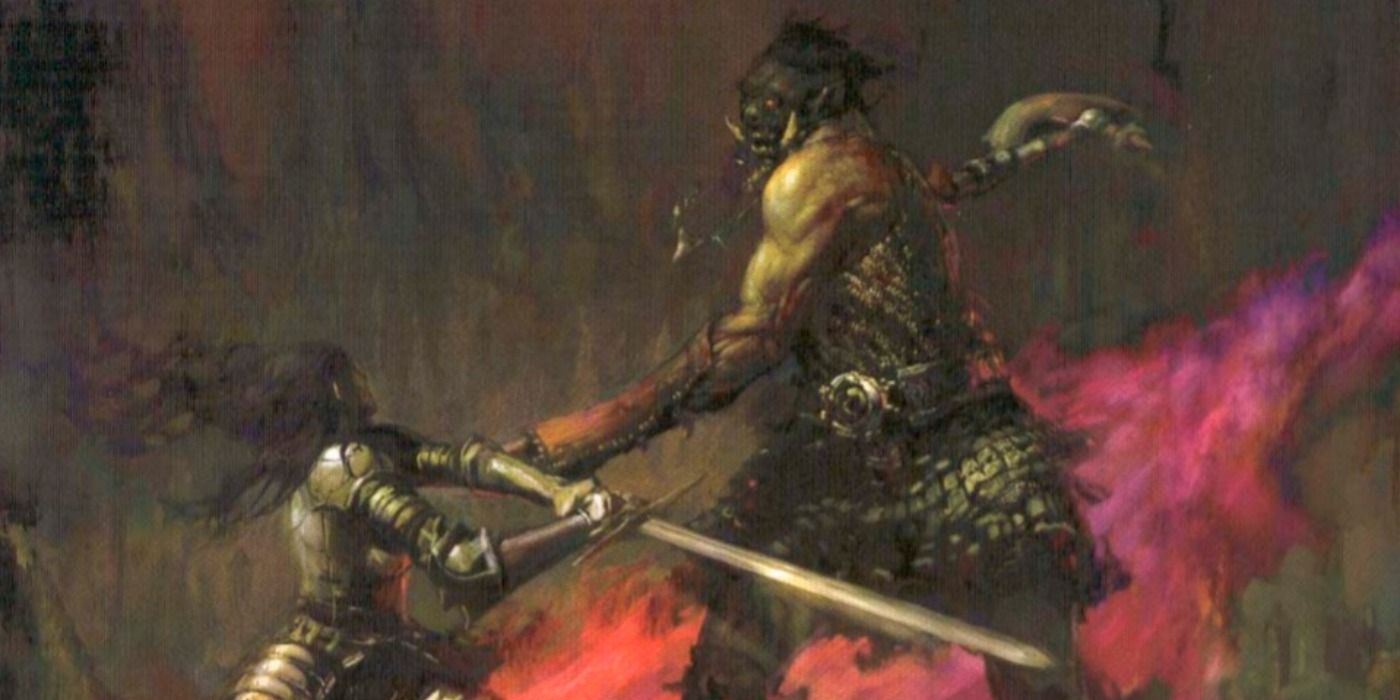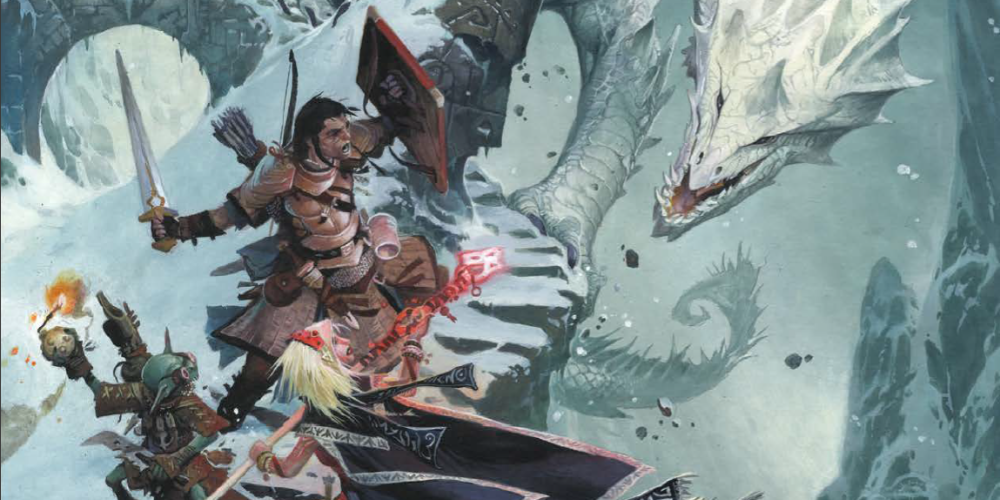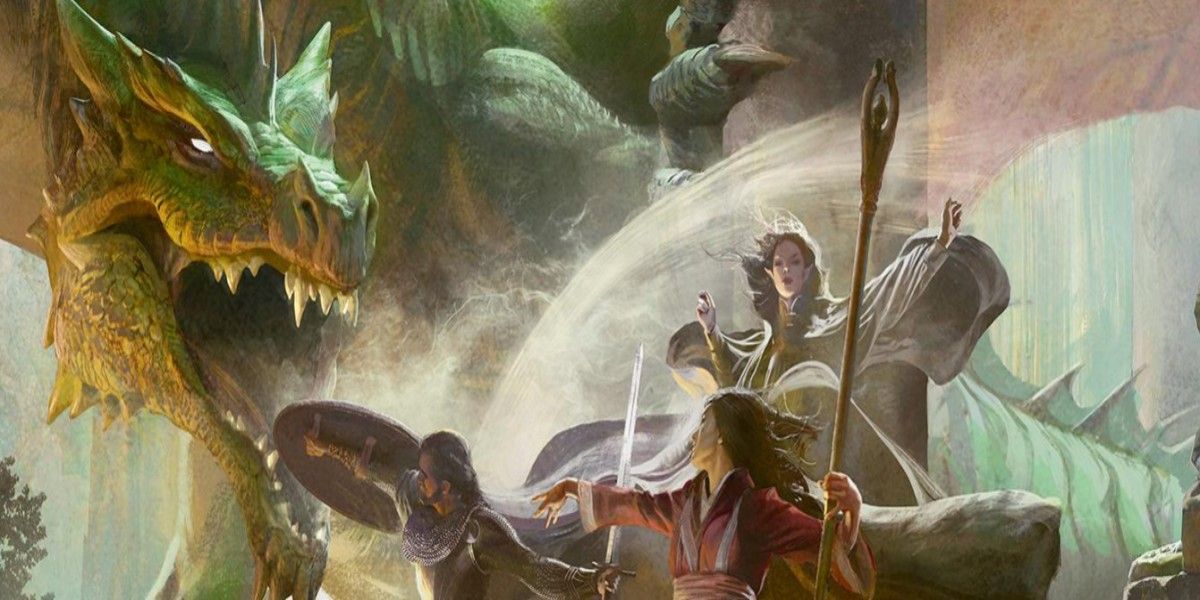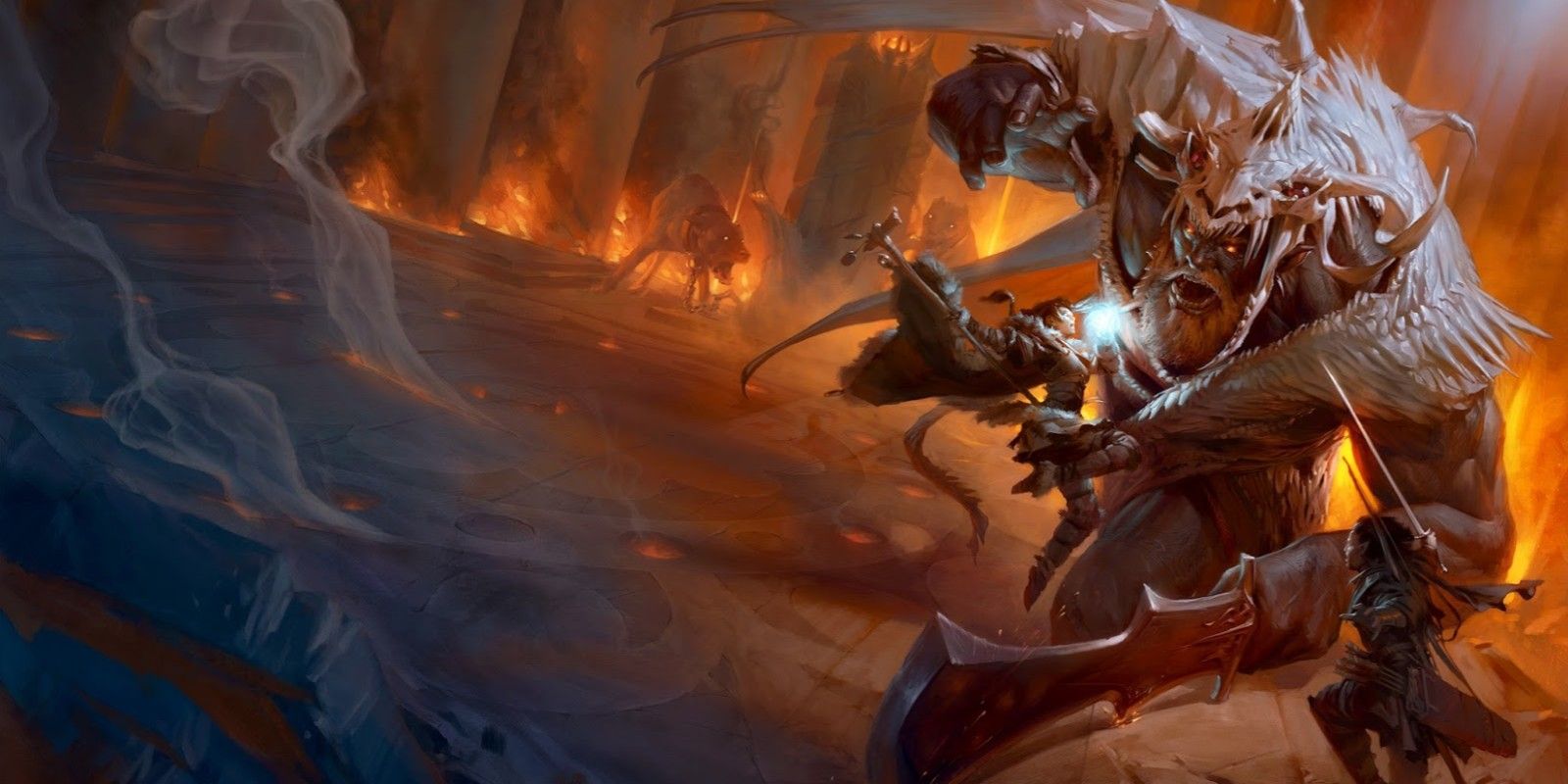Every Dungeons & Dragons player has heard the warning, "never split up the party". The implications are doom for all involved. If you're a new player wondering why you've heard this line so often or a DM looking to spice things up, keep reading. We've compiled a list of some examples as to why the party should stick together. To examine both sides of the coin we've also included several reasons why it may not be as bad as you've heard. One of the best things about D&D is the room it gives each DM, player, and party to make their own choices. There is no rule saying you can't break convention and split up the party.
10 Split: More Story In Less Time
If you're running a homebrew game writing the story is half of the fun. If you're worried about cramming all of your content into a realistic timeline consider allowing few players to pursue one storyline while the rest pursue another. This way your players all hear your epic yarn while a few players experience it first hand. If you're careful you can make sure all of your players stay on the same level progression.
9 Stick Together: Cohesive In-Character Knowledge
Each gaming group has its own attitude toward out of character knowledge. If your group happens to be sticklers who dislike this kind of table talk you might want to keep everyone together. Making sure no one overhears parts of the story their own character isn't there for eliminates the temptation to use out of character knowledge in-game.
It's hard to reference something if it's safely tucked away in the DM's notes. This is a great way to slowly dish out your story and keep the whole party on the same page. Not every group is so picky but for some using out of character, knowledge feels like cheating and ruins the fun.
8 Split: Downtime
Splitting up the party and allowing each player to pursue individual interests is a great way to fill in sessions while you're working on your next story arc. There's nothing wrong with needing a break between adventures. Your players may appreciate a chance to develop their characters and take a break from the grind. This is an excellent opportunity for characters to earn money in their professions, craft or obtain magical items or simply add some flavor to their story.
7 Stick Together: Even Level Progression
Parties generally level at the same pace. Many DMs design their stories to take characters of various classes to the next level at the same time. Many find it causes tension between players if they feel one is being favored with XP over another. Some DMs even feel it's a hassle to keep track of players at different levels of XP. The best way to keep your players on the same track is to keep them physically together and sharing XP.
6 Split: Cross-Class Training
For some characters, you just can't have enough of a good thing. If one of your players decides they want to add a second class to their character you may be wondering how to fit their personal side quest into the larger game. This is a moment in which splitting up the party may make sense.
It wouldn't make much sense for your half-orc barbarian to show up with a bunch of healing skills overnight. But, perhaps he found himself alone and in a rough spot. Maybe some local clerics saved his bacon and he found religion. Individual story arcs like this can really add a lot of depth and richness to characters so don't be afraid to get creative.
5 Stick Together: Take Down Big Foes
As a general rule, the game is less fun if you kill the entire party. Ideally, you let them get tossed around a little to build character then let them catch their breath. As characters gain XP and level up they'll be able to take on larger, and larger foes. With a well-balanced party, they may be able to defeat enemies with an even higher challenge rating than you'd normally expect. Keeping the party together and having their diverse skills and abilities available in the same combat encounters dramatically increases their efficiency.
4 Split: Adding A New Player Character
Adding a new friend to the fray can be a little awkward but well worth the work. Fresh blood can completely change up party and group dynamics. Many DMs miss a big opportunity when introducing a new player character.
You could always throw a last-minute paragraph of flavor text at your players or have the new character appear out of the shadows but why not let them meet a potential party member one on one? If one of your players has the desire for a side quest, bumping into the new guy and seeing his skills first hand could help build trust among the rest of the party.
3 Stick Together: Bonding
Dungeons & Dragons is a social game. It was designed to bring people together to have fun using their problem-solving skills, creativity, and imagination. Having your players face challenges together is an excellent way to get your group to bond. Group encounters are a source of inside jokes, belly laughs and out of context quotes that will come up for years.
2 Split: Balance Out XP
The ways DMs hand out XP are as varied and unique as they are. Some approach it very practically and record exactly what each character earns action by action. Others take a party-based approach and divide the XP for entire encounters. There's really no wrong way to do it. If you find yourself with a party that has a growing XP gap that you want to close, consider a party split to even things out. Give the lagging characters a chance to catch up with a few mini-encounters.
1 Stick Together: Complex Dungeons
Many DMs take great pleasure in carefully building dungeons to torture their parties with. If you have a well-balanced party you can lovingly craft death traps for a variety of characters. Create difficult to pick locks out for your rogue. Give your fighter something to bash through. The more classes you have working together the more you can weave into your challenges.

